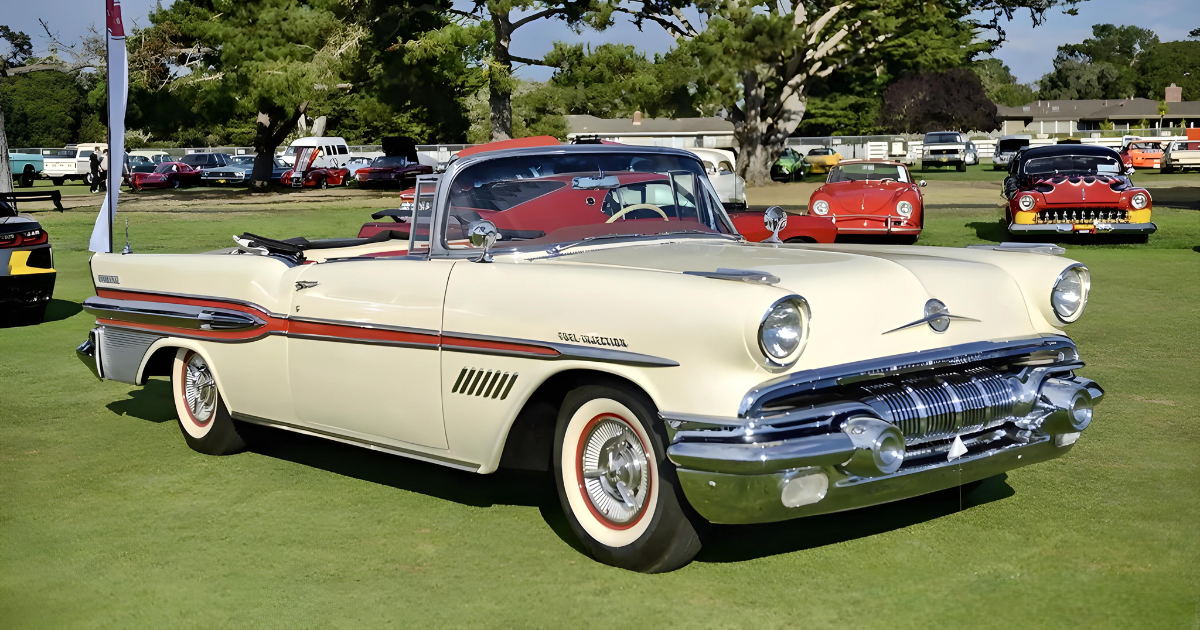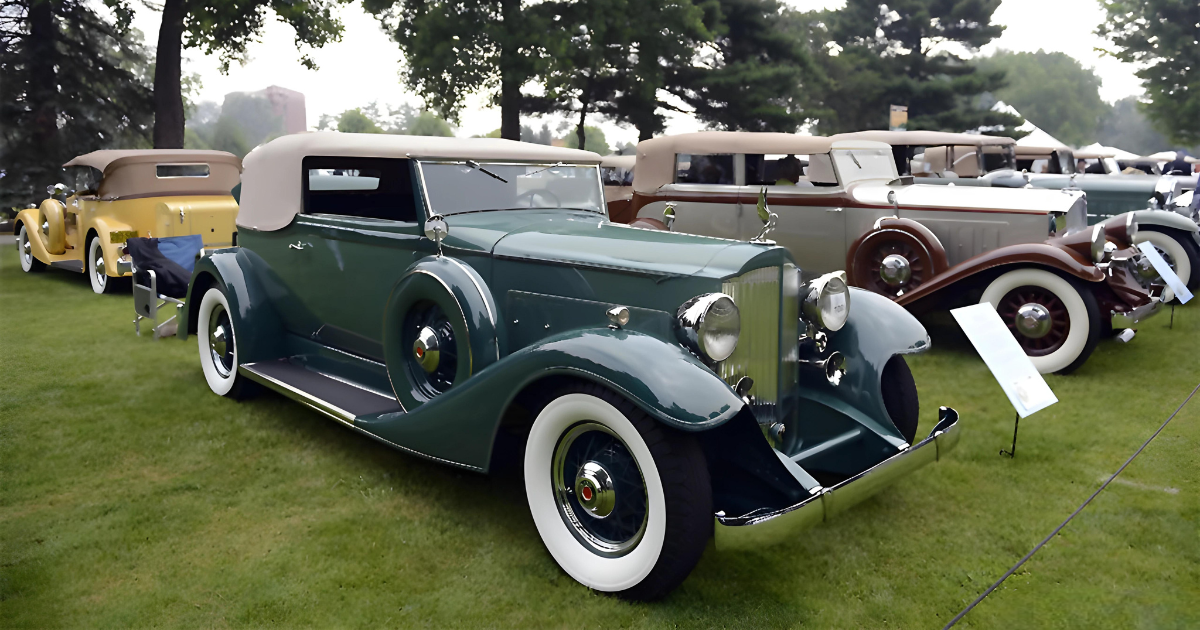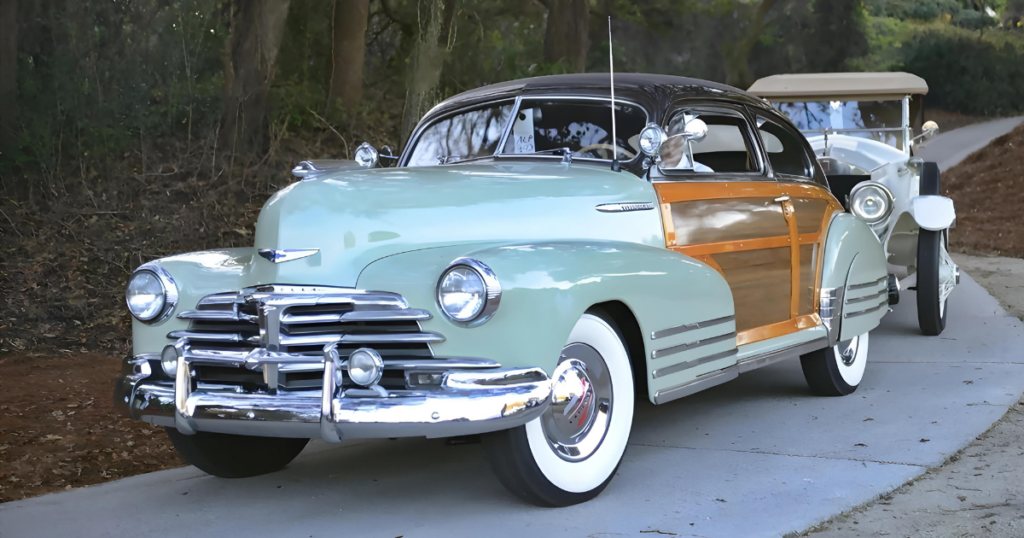
In the aftermath of World War II, the American automotive industry faced a period of transition marked by a blend of pre-war styling and emerging post-war innovations. While the “Big Three” automakers – General Motors (GM), Ford, and Chrysler – continued to offer familiar designs reminiscent of the pre-war era, it was the independent automakers that led the charge with all-new models that captured the public’s imagination.
For Chevrolet, the year 1948 represented a bridge between past and future. Like its counterparts at GM and other major automakers, Chevrolet opted to retain the pre-war styling cues for one last time before introducing all-new models in 1949. This decision reflected the challenges of post-war production and the need to meet consumer demand with minimal disruptions.
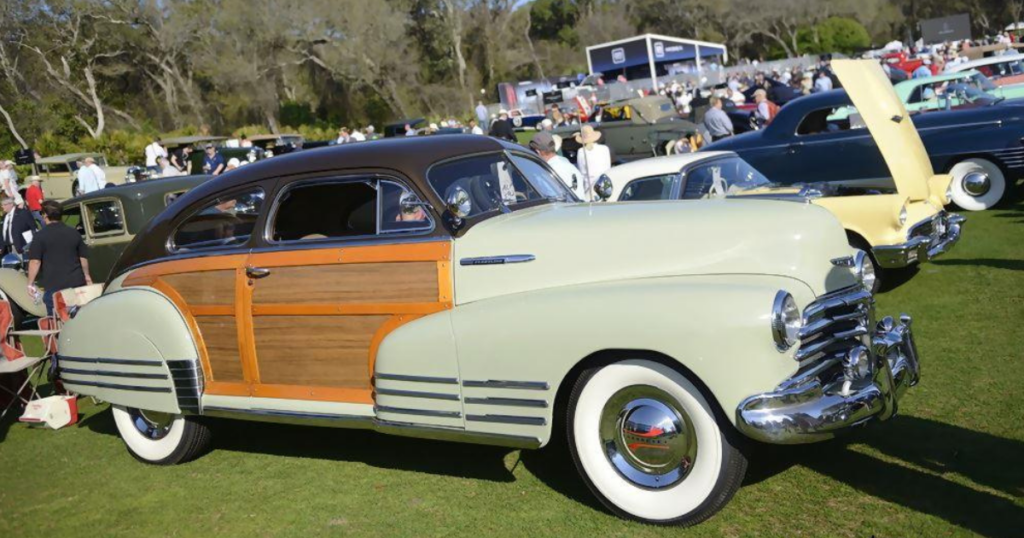
Despite the familiar styling, Chevrolet made subtle updates to its lineup for 1948, including new grilles that added a touch of freshness to the design. Among the most popular models was the Fleetline Aero sedan, which rode on a pre-war 116-inch wheelbase chassis. With its sleek lines and spacious interior, the Aero sedan quickly became Chevrolet’s best-selling model, appealing to a wide range of customers seeking both style and practicality.
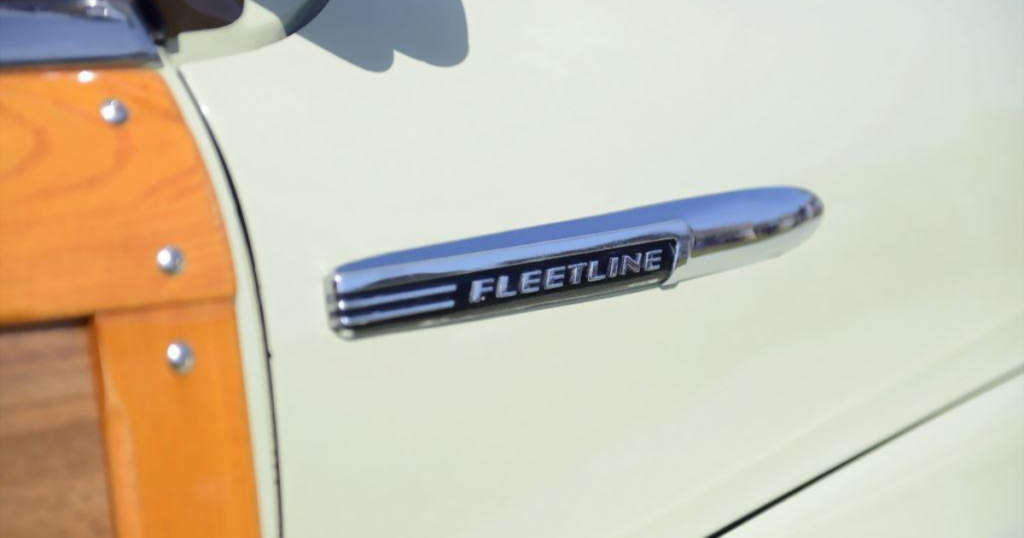
One intriguing option offered by Chevrolet for the Aero sedan was the “Country Club” wood panels, produced by Engineered Enterprises of Detroit. While Chevrolet and Fisher Body did not officially offer a woodie variant, these wood panels could be applied to the metal body of the Aero sedan through factory-authorized dealers. The ash and mahogany applique, priced at $149.50, added a touch of sophistication and nostalgia to the Aero sedan, reminiscent of the classic woodie wagons popularized by other automakers.

Unlike Ford and Chrysler, which adorned the rear of their vehicles with wood paneling as well, Chevrolet’s approach was more understated, focusing primarily on the sides of the vehicle. This design choice reflected Chevrolet’s commitment to elegance and refinement, offering customers a unique option to personalize their Aero sedans while maintaining the brand’s signature aesthetic.
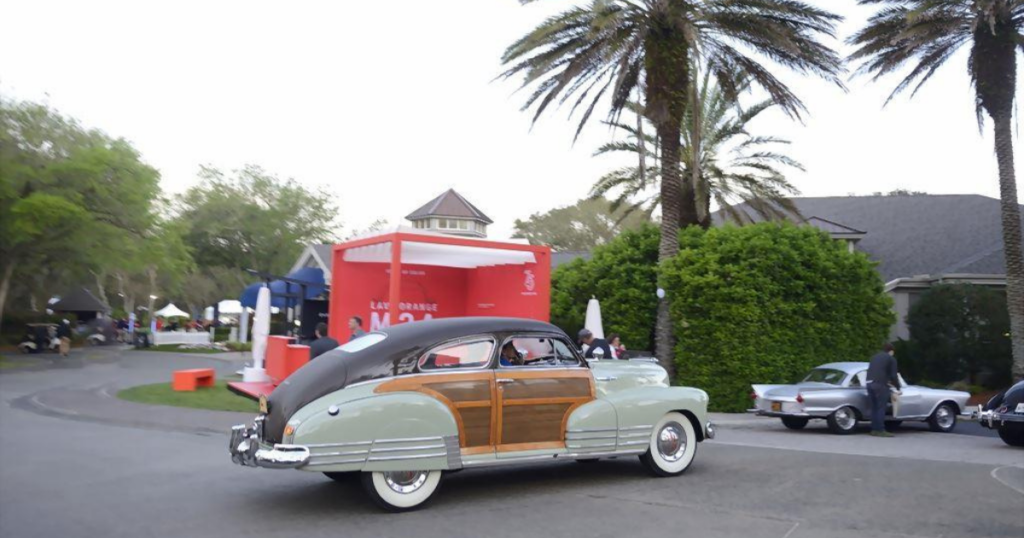
Despite the transitionary nature of the 1948 models, Chevrolet’s Aero sedan with Country Club wood panels captured the imagination of buyers looking for a blend of vintage charm and modern convenience. With its combination of pre-war styling cues and innovative touches, the Aero sedan embodied the spirit of post-war America, where tradition met progress in the pursuit of automotive excellence.

In retrospect, the 1948 Chevrolet lineup serves as a testament to the resilience and adaptability of the American automotive industry during a period of profound change. While the independents may have stolen the spotlight with their all-new models, Chevrolet’s commitment to quality, innovation, and customer satisfaction remained unwavering, laying the groundwork for future success in the years to come.



